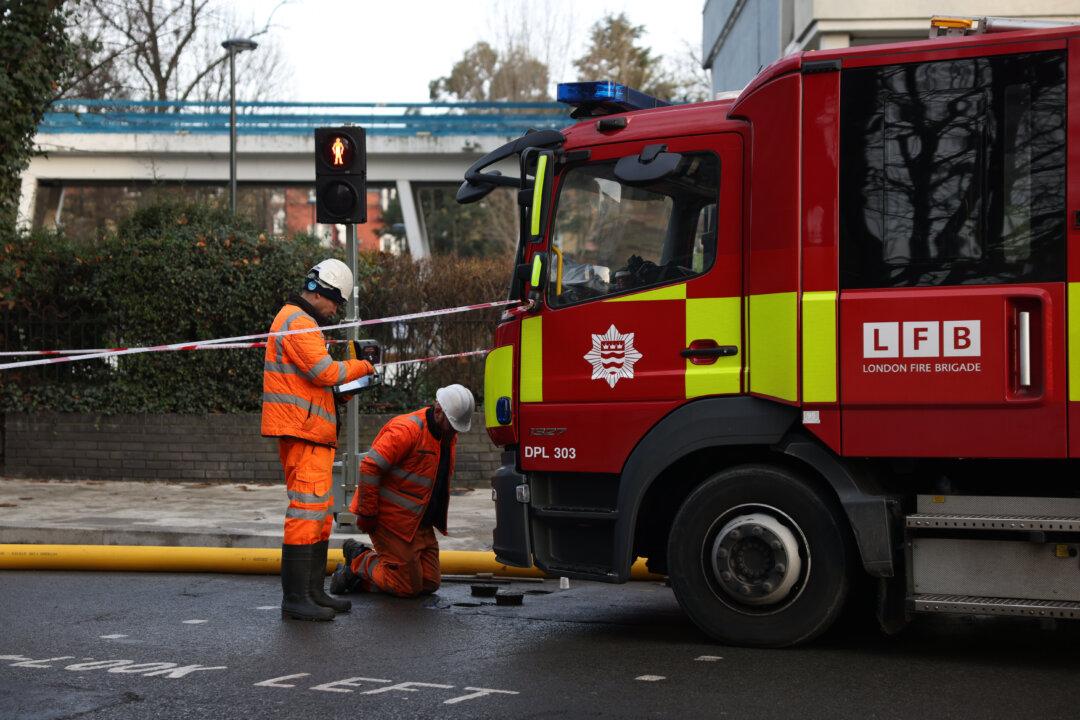Prime Minister Rishi Sunak wants to “level up” the honours system by giving more knighthoods, damehoods, and other honours to people living in under-represented areas of the country, according to a new report.
In the foreword to a new report on the operation of the honours system, Deputy Prime Minister Oliver Dowden said that Sunak is “determined to make sure our honours represent the length and breadth of the country.”





